Physics Building – a dream come true after many hard years.
Nowadays, students on the Potchefstroom Campus of the North-West University can walk into well-appointed, state-of-the-art laboratories, doing world-changing research and take the facilities for granted.
This was not the case when the campus was established on the site where it is now.
The founders of the Theological School of the Reformed Church probably did not plan to venture into natural sciences. Read about the founding and first years of the School in my articles about the Main Building (https://lenniegouws.co.za/nwu-main-building-the-icon-of-potch/) and the Theological School Complex (https://lenniegouws.co.za/theological-school-complex-heavy-with-history/).
However, in 1876 the School opened its doors to a wider audience when the Literary Department was founded. The purpose was to educate students to obtain literary degrees so they could be more useful to the community. This is according to the decision of the synod that preceded this.
Moreover, the theological students first had to successfully complete the literary examination before they could proceed with their theological studies. This division between the Theological School and the Literary Department gave more stature to the examinations of the theological students. It also paved the way for a university to grow out of this department.
After moving to Potchefstroom, where the only academic building was the new Theological School, laboratory space had to be found elsewhere.
Due to a lack of facilities and apparatus, a student in 1918 needed to turn elsewhere to do his research. The Transvaal University College (TUC) refused to accommodate him, in spite of prior assurance by the Minister of Education that he could use the TUC facilities. He had to travel to Bloemfontein to conduct his research at the then Grey University College (now the University of the Free State). At the time, the Minister of Education was Dr DF Malan, who in 1930 was asked to lay the foundation stone of the Main Building.
Around that time Prof AC Duvenhage (see https://lenniegouws.co.za/street-names-reflect-history-4-d-e-and-f/) was requested by the Council to make an estimation of what the most necessary laboratory facilities would cost. He reported that £1,500 was necessary. Prof Duvenhage was appointed to teach Mathematics in 1906 and is regarded as the father of Natural Sciences at the university.
Again in 1920 he had to request the Johannesburg College (now Wits) that four students during September could make use of their laboratories for ten days.
A student from 1922 later remembered that their classrooms were in the former home of President Pretorius (now the eponymous museum) and that the outbuildings were used as laboratories. The old smithy (see https://lenniegouws.co.za/smithy-at-the-president-pretorius-museum-collapsed/) was used by Zoology. One student later told that they had to find their own specimens to dissect. No wandering cat or hapless dog in town was safe. The dissected carcasses were discarded behind the smithy. Johan Wolfaardt of the Museum later said that this explains the origins of some jawbones of small animals that he discovered under the trees behind the old smithy!
Prof GTS Eiselen in 1940 told Die Veteraan that his first Botany laboratory was in the stable building of the former president’s property. The walls were roughly plastered and painted white. The original stone floor was covered with a second-hand wooden floor. “It remained a stable, in spite of the ceiling of unbleached calico.” That was “adorned” with sagging patches and numerous dark and black patches due to water damage. Many rats also lived there and this made sure that the room still smelled like a stable!
Physics classes were conducted in the first church of the Reformed Church in Church Street, incidentally the church where the synod decision was taken in 1869 to found the Theological School.
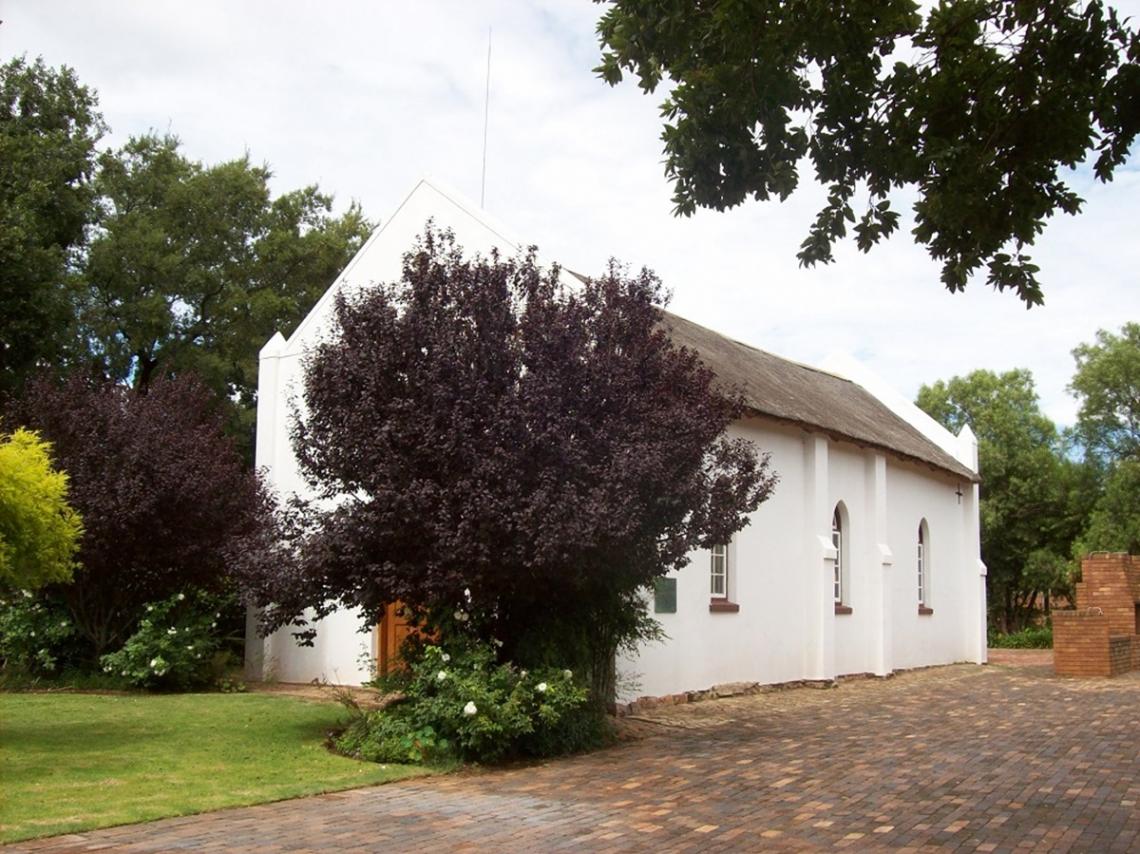
The first church building of the Reformed Church, Potchefstroom. It was officially opened on 12 January 1867 and served the congregation until the second building was inaugurated in 1897. This first church building was used as a Physics laboratory.
During 1918 three morgen (2,57 hectare) were acquired from the Potchefstroom town council for the nominal sum of £23. This became the nucleus on which the current Potchefstroom Campus of the NWU arose.
After April 1919 the Literary Department became the Het Potchefstroomse Universiteitskollege voor Christelike Hooger Onderwijs (Potchefstroom University College for Christian Higher Education - PUC).
Only five years later it was eventually decided to buy old tin barracks from the Defence Force. These structures, built from corrugated iron and wood were imported from India to house the British occupational forces between the Anglo-Boer War and the First World War.
After much deliberation it was decided that 14 or 15 of these structures would suffice for the needs of the PUC.
The government was approached for funds, but in lieu of that coming to light, a bond was secured form the Nederlandse Bank to buy eight of those structures. An amount of £3 600 was placed on the Council’s budget to include the purchase price as well as the erection costs. The Defence Force quoted £2 128 for the eight structures.
The “unsightly” tin structures rose like mushrooms on the open veld. They were furnished to serve as class rooms, laboratories, a library, a reading room, office, and accommodation for students and a house for the caretaker.
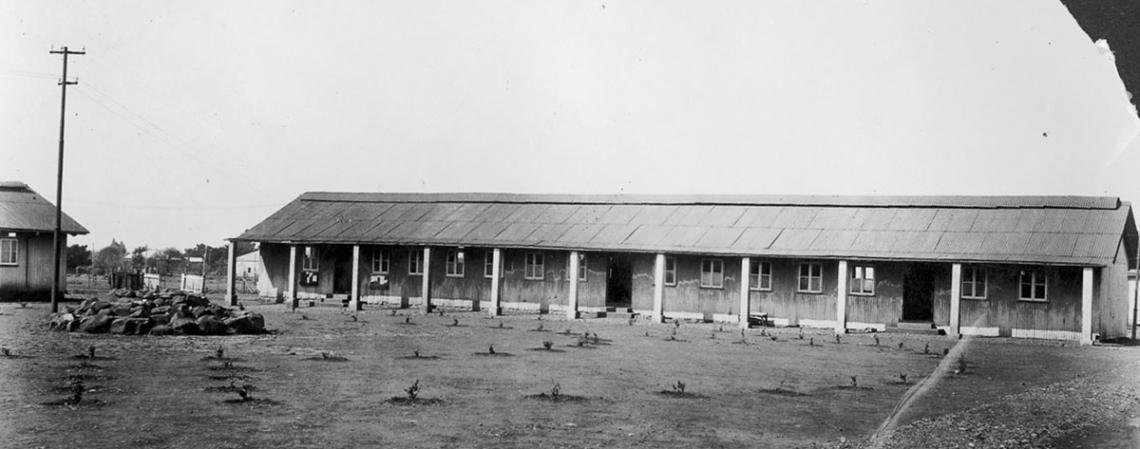
The “unsightly” tin structures.
Attempts were made to raise funds for equipment for the laboratories. The Chamber of Mines were approached and the Nederlandse Bank gave 10 Guineas (just more than £10).
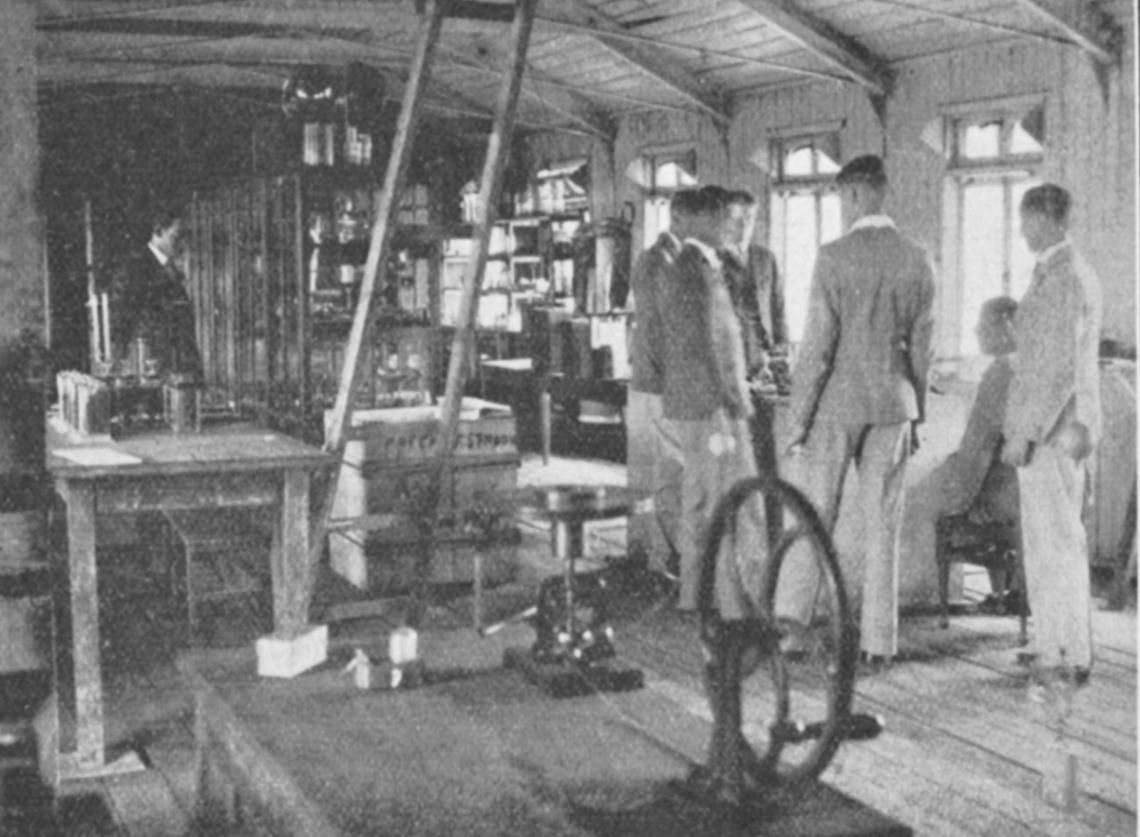
This is how the Nature Sciences laboratory appeared when it was housed in the old tin barracks.
PUC nearly closed down
A government commission, under the leadership of the businessman JGP van der Horst was appointed in 1928 to investigate the state of universities in the South Africa.
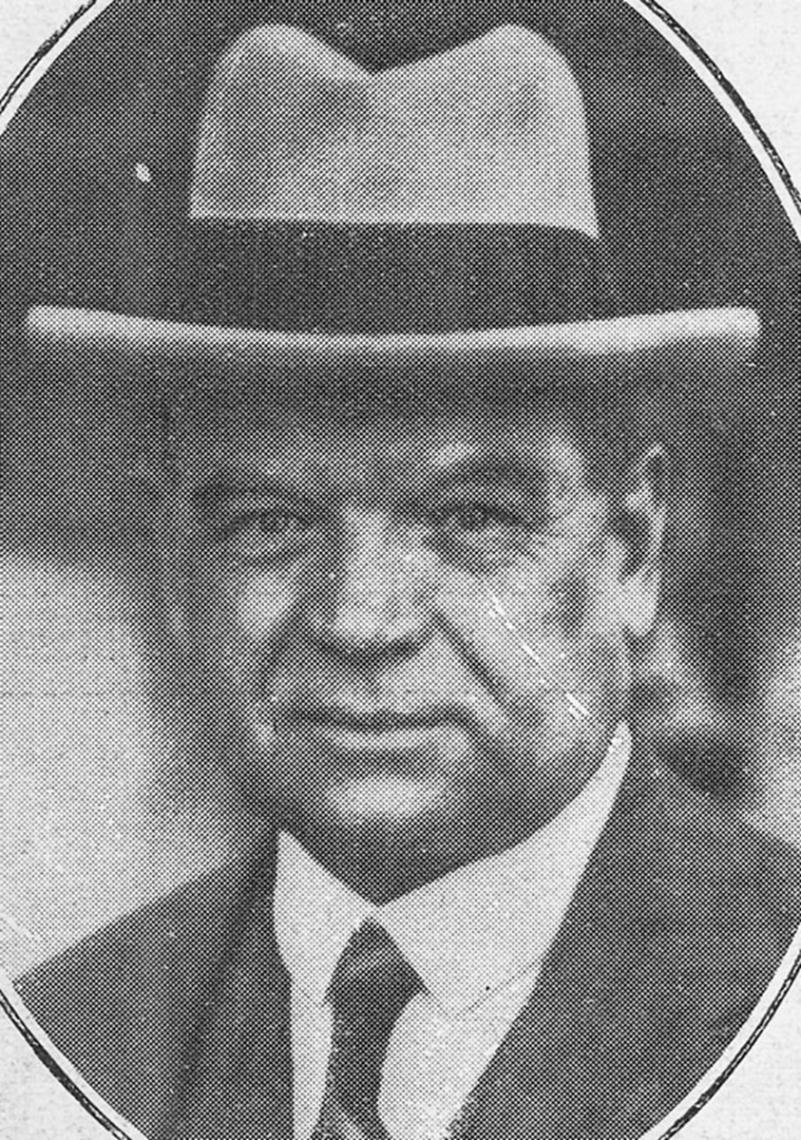
JGP van der Horst, chairman of the commission who nearly axed the PUC.
This commission recommended that the PUC be closed down, amongst other reasons, due to its inadequate laboratories, lack of a proper library and the fact that the PUC was housed in corrugated iron buildings.
This invoked a wide-ranging internal investigation on all aspects of the critique of the committee. The Council came to the conclusion that there is room for improvement, but denied that the equipment was inadequate and insufficient. One of the points made by the Van der Horst commission was that the students did not have proper insight in their subjects and that their knowledge was “vague and hazy”.
Prof RW Vader from Rhodes University conducted the investigation as far as Physics were concerned. He found that the two-roomed building of wood and iron was “entirely unsuitable in every aspect”. He, however, praised Prof Wageningen for the standard he had reached in a building “so unsuited to practical work”.
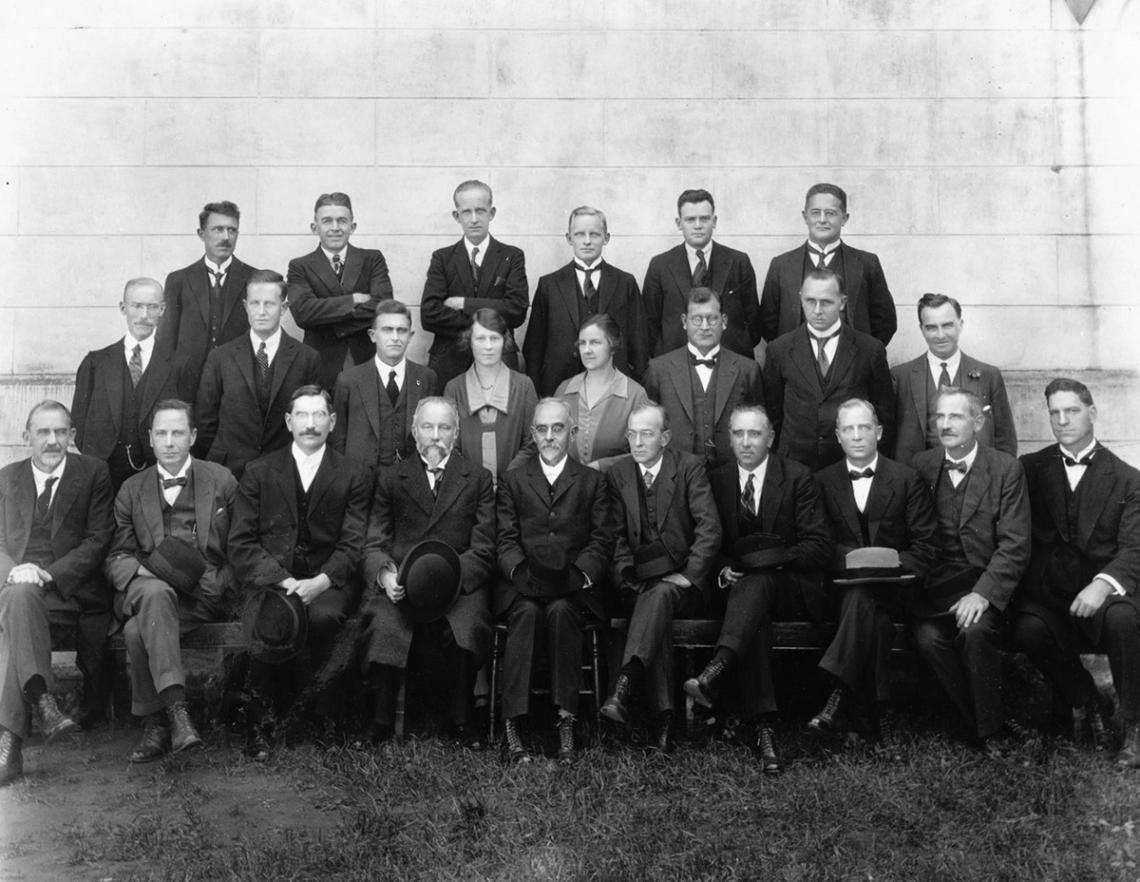
The staff of the PUC of 1927 with visitors. Prof G van Wageningen appears in the middle row, second from right. Incidentally in the front row appear the five Bible translators. Second from left is Dr HCM Fourie and Dr EE van Rooyen (both Bible translators). Prof D van Gelderen from the Vrije Universiteit of Amsterdam sits next with Prof Dr JD Kestell, Dr JD du Toit and Dr BB Keet, the last three all Bible translators. The only translator of the PUC was Dr JD du Toit. Prof Dr Ferdinand Postma sits next to Rev WJ de Klerk, registrar.
The PUC countered the report of the commission to argue that of the five PUC candidates who wrote the external Physics paper in 1927, all passed and two did so with distinctions.
In 1928 the Council approached the government with, amongst others, a request for £13 000 for laboratories and £14 000 for equipment.
With the laying of the foundation stone of the Main Building in 1930, a congress of PUC Committees were held (those committees were created all over the country to help with fundraising). A report to the congress on the building plans included the building of laboratories for Nature Sciences and Zoology at a cost of £25 000.
Repeated requests produced nothing
In spite of the fact that plans were being made, the replacement of the laboratories with permanent buildings was not possible due to the drought and depression during the early 1930s. The request for funds from the government was repeated in 1931, 1932 and 1933.
In full trust that the laboratory was going to be built, Wynand Louw (1883-1967), the brother of Henri Louw, who designed the Main Building, was commissioned to draw plans for two buildings.
It was estimated that building costs would amount to £16 500, whilst equipping it completely would cost a further £6 500. The architect urged the PUC to complete the building as soon as possible, since the cost of building material, at the time, “increase daily”.
The rector, Prof Ferdinand Postma, knew the then Minister of Education, Jan Hendrik Hofmeyr, who was appointed in this post in early 1933. In May 1933 the PUC again requested the funds, but although promises were made that the matter was enjoying the “fullest attention”, no money was forthcoming. The request was repeated in February 1934. During May 1934 Rector Postma and the chairman of the Council, Rev WJ de Klerk, had a personal interview with Minister Hofmeyr.
It appears that the outstanding amount on the loan from the government that was received in 1925 to buy the wood and iron structures, came up for discussion. On the loan of £4 000 an amount of £1 853 was still outstanding. It was suggested that the PUC should sell these structures to raise funds, but at the time the highest offer received was a measly £100.
By 1934 the government was more approachable to grant the loan, but made it available on condition that the PUC had to contribute £5 500.
Eventually building started
At the beginning of 1935, it was decided that building works should commence immediately. The building contractors Sterrenberg & Lutz, who also built the Main Building, completed the building to the satisfaction of the PUC authorities.
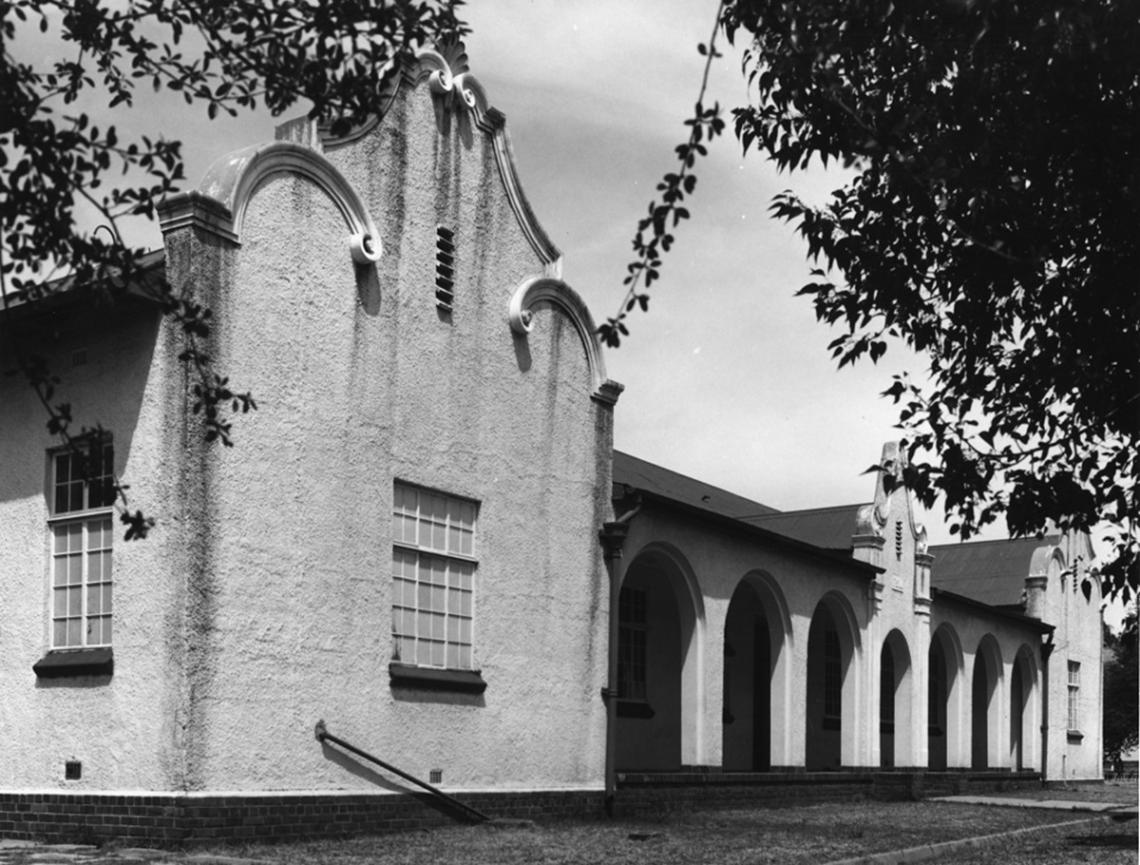
The Physics Building was the first permanent building designated for Physics. It was the third permanent building on the campus of the PUC.
Support from the Potchefstroom town council in 1938 in the amount of £2 000 was much appreciated. Local business also supported the PUC.
Copper plates were installed in buildings to honour the individuals and institutions who contributed toward building costs. The copperplate that was installed in the new Physics Building thank the Potchefstroom town council for their contribution of £2 000.
The cabinet maker who installed all the woodwork in the building, including benches, floors, laboratory counters and cupboards, was the maternal grandfather of Peet Ryke, who for many years has been a pillar of strength at NWU Arts. Peet corrected me after I previously wrote that it was his paternal grandfather.
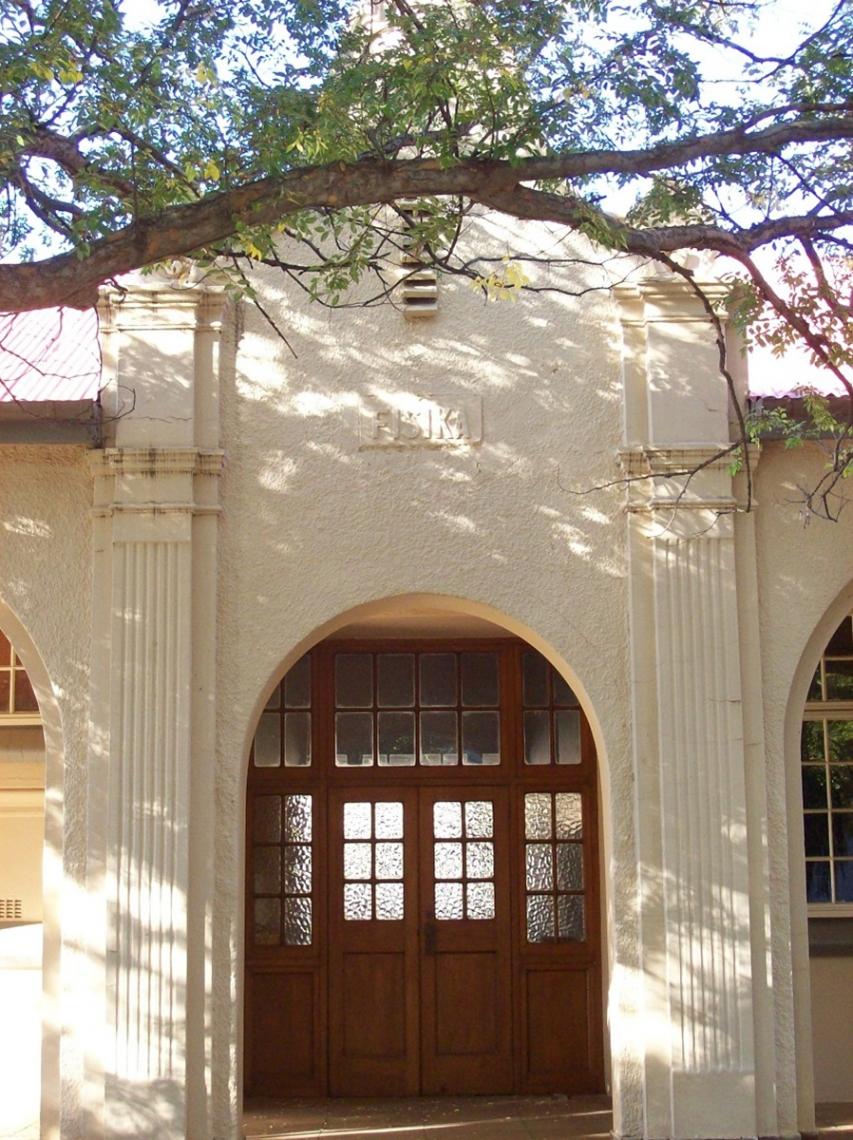
The entrance to the Physics Building with the lettering above depicting its purpose. Note the front doors that were made by PAJ Ryke.
The new laboratory made a good impression. In an alumni year book it is noted: “thorough work was done here. The money was well spent and the space well planned. The PUC, as far as this laboratory is concerned, is on an even par with other institutions.”
The Physics Building was the third permanent building on the campus to be declared a National Monument on 11 May 1998 and is currently a Grade 2 Provincial Heritage Site.
In June 1955 the first building, which would later form part of the Nature Sciences complex, colloquially known as the “Spinnekopgebou” (spider building), was opened and then housed the Physics department.
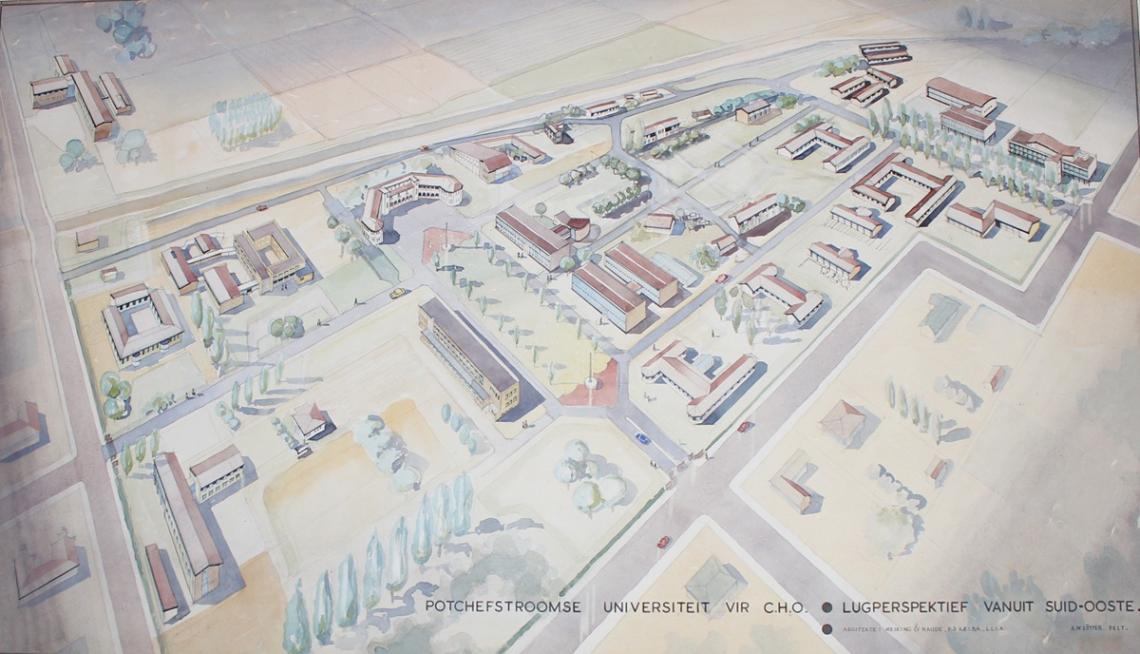
This bird’s eye view of the campus of the Potchefstroom University for Christian Higher Education was made in 1957 by the architect’s firm Meyer & Naudé. The new Physics Building is top right with the old Physics Building just below it.
New purpose for an old building
The old Physics Building was now available and initially allotted to the Department of Physiology.
The building of a designated building to house Domestic Sciences commences in the first half of 1959. Wapad (6 March) reported that this became a necessity since the department was spread over several buildings. That year 27 first year students registered. Of those 16 studied to receive a degree and 11 followed the diploma course. That was a record for the department.
Building costs was estimated to be £40 000. The building was designed to have a second floor that could later be added, if necessary. Only the ground and first floor were built. From 1998 this subject was known as Feeding and Family Ecology and currently is known as Consumer Sciences.
When a new wing was added to the building for Domestic Sciences in 1969, the old Physics Building was incorporated into it as its northern wing.
Other than the Main Building and Heimat, the Physics Building is not as well-known as a heritage building on the Potchefstroom Campus of the NWU. It, however, stands as a symbol of the hard work that made it possible. It was an important stepping stone in the later success of Nature Sciences at the university. It serves well to remember the blood, sweat and tears it took to have this built.
Sources:
G van den Bergh, Terrein- en geboue-ontwikkeling in ES van Eeden (ed.), In U Lig, (Potchefstroom, 2006),
PF van der Schyff, Wonderdaad…! (Potchefstroom, 2003).
